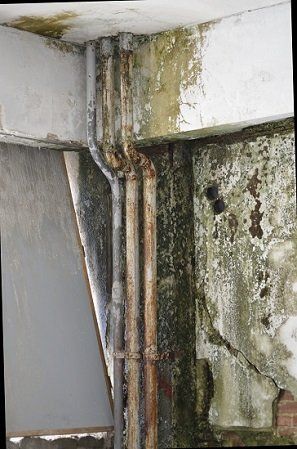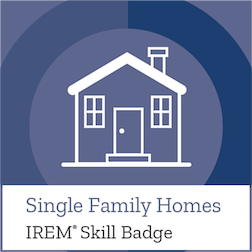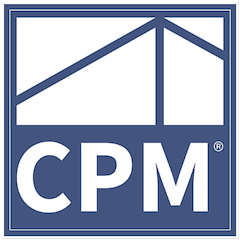What is Mold ?
The basics of what to do

According to the Centers for Disease Control and Prevention, Mold is a fungal growth that forms and spreads on various kinds of damp or decaying organic matter. There are many different mold species that come in many different colors. Molds are sometimes referred to as mildew. They are found both indoors and outdoors in all climates, during all seasons of the year. Outdoors, molds survive by using plants and decaying organic matter such as fallen leaves as a source of nutrition. Indoors, molds need moisture and a carbon source from building materials or building contents to grow.
Excess moisture is generally the cause of indoor mold growth. Molds reproduce by releasing tiny spores that float through the air until landing in other locations. When they settle on wet or moist surfaces, the spores can form new mold colonies. Moderate temperatures and available nutrient sources make most office buildings ideal for mold growth.
Exposure to molds has occurred throughout history. The types of molds found in office buildings are not rare or even unusual. It is important to understand that no indoor space is completely free from mold spores – not even a surgical operating room. Molds are everywhere, making our exposure to molds unavoidable, whether indoors or outdoors, at home or at work.
“Toxic Mold” & Stachybotrys chartarum
Certain molds are toxigenic, meaning they can produce toxins (mycotoxins). However, the molds themselves are not toxic or poisonous. Hazards presented by molds that may produce mycotoxins, such as Stachybotrys chartarum, should be considered the same as other common molds which can grow in your house or workplace. There is contradicting research on whether toxigenic mold found indoors causes rare health conditions such as bleeding in the lungs. Research is ongoing in this area.
Mold growing in buildings, whether it is Stachybotrys chartarum (Stachybotrys atra) or another mold, indicates that there is a problem with water or moisture. This is the first problem to address.
Testing and Remediation of Dampness and Mold Contamination
Testing
There are no health-based standards for acceptable levels of biological agents in indoor air. We do not recommend routine air sampling for mold with building air quality evaluations. This is because mold concentrations in the air cannot be interpreted in relation to health risks.
In many cases, very short-term sampling for mold spores is performed. However, the results may not represent actual exposures. Spore counts and culture results are often included in indoor air quality reports. These do not capture the full range of exposures.
What building occupants react to is unknown. It may be:
- Mold.
- A compound produced by mold.
- Something related to bacteria.
- Compounds released into the air when wet building materials break down.
We have found thorough visual inspections and/or detection of problem areas via musty odors are more reliable. NIOSH uses these methods, which have shown association with health risks in buildings that have indoor environmental complaints.
Remediation
Appropriate remediation includes:
- Drying wetted materials within 48 hours of getting wet or remove the materials.
- Making necessary repairs to prevent further water entry into the building.
- Following proper guidelines with proper containment when identifying mold on materials.
Inappropriate remediation (e.g., painting over water-damaged materials or moldy surfaces) can cause further problems with building degradation and symptoms in occupants.
Tenants must report any evidence of mold to Landlords as soon as they suspect it. Furthermore Tenants must report any evidence of moisture or water intrusion in the property as soon as they first notice the problem. Not reporting a problem may cause the situation to get worse and more costly to remediate/repair.
Landlords must respond to Tenants’ report of mold, moisture or water intrusion immediately, as they should respond to any tenants’ maintenance request. The first step is to test for mold. This test must be done by a certified/licensed testing company. Then depending on the results remediation/repair must be done ASAP. Tenants must cooperate with the contractor and the landlord for the required work to be completed at the earliest possible date. In some cases the property may become inhabitable. In these cases, regardless of what the lease states, it may be necessary for canceling the lease agreement and for the tenant to vacate the property. The Landlord must then work with the contractor to remediate the problem and make the property rentable again. Additional testing must be done when all the work is completed to make sure the property is free of any mold issues and is ready for the next tenant.













